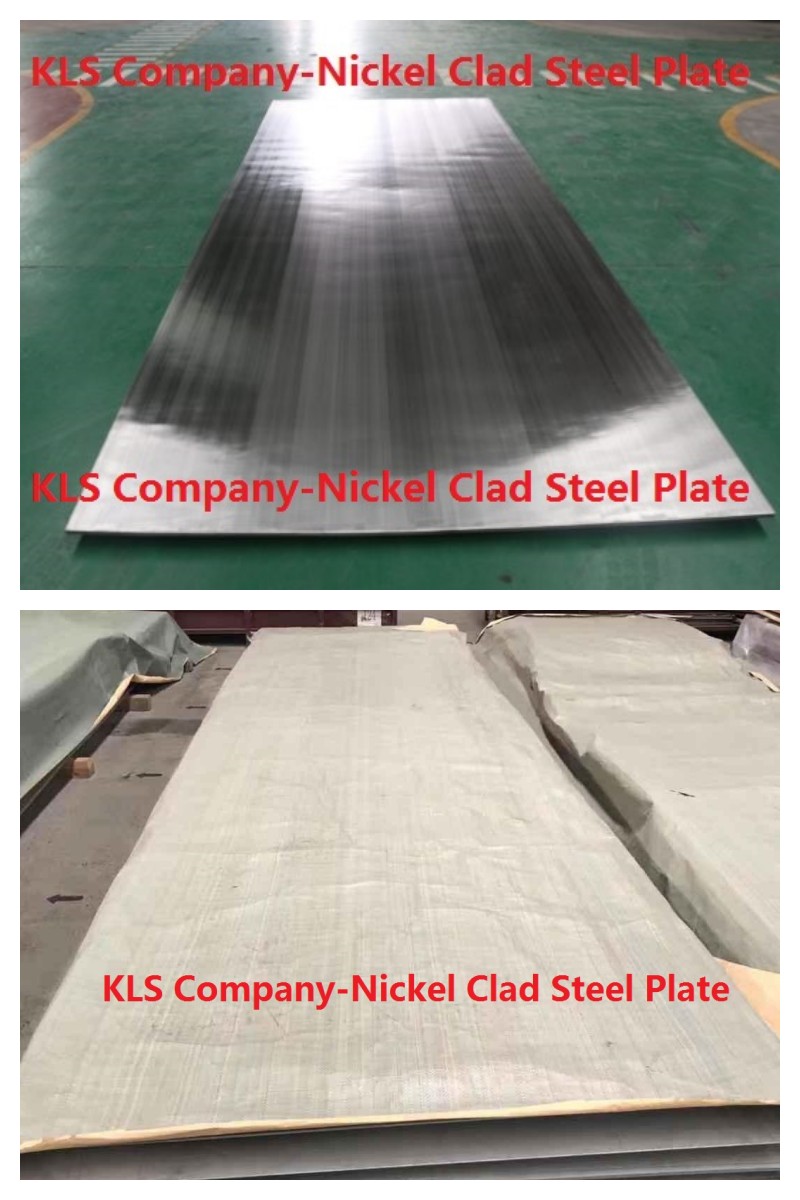Nickel Clad Steel has been widely adopted in India’s fertilizer industry for its corrosion resistance and economic value. By combining a thin layer of nickel with a carbon steel base, this material promises durability in harsh chemical environments without the cost of solid nickel alloys. However, in recent years, several fertilizer plants across India have reported premature failures in equipment made from Nickel Clad Steel. These issues raise concerns over safety, downtime, and financial loss—prompting plant managers to question whether this material is truly fit for purpose.
Fertilizer production in India often involves the use of high concentrations of ammonia and urea, both of which are known to be aggressive toward many industrial materials. While Nickel Clad Steel offers general corrosion protection, its performance in high-temperature and high-pressure ammonia environments is less predictable, especially if the cladding is thin or poorly bonded.
Recent maintenance reports from plants in Gujarat and Andhra Pradesh indicate that localized corrosion, such as pitting and intergranular attack, has led to thinning of the nickel layer. Once compromised, the underlying carbon steel is exposed, resulting in rapid material degradation and unplanned shutdowns.
One major issue contributing to Nickel Clad Steel sheet failure is inconsistent fabrication practices. While some Indian suppliers follow ASME and Indian Boiler Regulation (IBR) standards, others do not meet these benchmarks due to cost or capability limitations. Improper bonding during the cladding process or substandard welding techniques can create weak zones that lead to delamination or cracking under operational stress.
In addition, improper post-weld heat treatment (PWHT) and quality control during fabrication increase the risk of structural failure. For fertilizer manufacturers, especially public sector units operating on tight budgets, these hidden defects often surface only after costly damage has occurred.

Many mid-sized fertilizer plants across India lack the resources for advanced non-destructive testing (NDT) of cladded components. Common techniques such as radiographic or dye penetrant testing may not detect early-stage delamination or microcracks in the nickel layer. As a result, these flaws go unnoticed until leaks or ruptures occur during service.
Without routine inspection using advanced methods like ultrasonic phased array or eddy current testing, Nickel Clad Steel components become silent liabilities. Several plants in Maharashtra and Tamil Nadu have faced significant production losses due to undetected internal corrosion or cladding separation.
Although India’s Central Boilers Board (CBB) and IBR provide regulatory guidelines, there is still a gap in enforcement and supplier accountability. Many plants procure cladded steel components based on vendor datasheets without independent testing or verification. Furthermore, imports from low-cost countries can enter the market with minimal documentation or performance history, increasing the risk of subpar material entering critical systems.
With increasing pressure to meet production quotas and environmental standards, plant operators are often forced to compromise on long-term material reliability in favor of immediate cost savings.
Nickel Clad Steel plate is not inherently flawed—but its success in India’s fertilizer industry depends heavily on fabrication quality, appropriate application, and consistent maintenance. For facilities operating in high-ammonia or urea conditions, more robust materials or enhanced cladding techniques may be necessary.
To avoid future failures, plant engineers and procurement teams should implement stricter inspection protocols, demand full material traceability, and invest in training for local fabricators. Only by understanding where and why Nickel Clad Steel fails can the industry reduce downtime and maintain safer, more efficient operations.
Comments
Please Join Us to post.
0